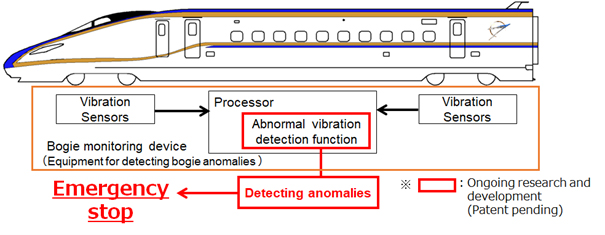JR East Planning for Driverless Shinkansen Operations
10/18/2024


East Japan Railway Company (JR East) has taken steps toward driverless Shinkansen operations, as set out in the JR East Group’s management vision “Move UP” 2027.

(All images courtesy of JR East.)
Responding to changes in Japan’s social environment, including a decrease in population and new work styles, automated operations are expected to further raise levels of safety and reliability in public transportation, in addition to contributing to greater efficiency. Driverless operations will allow trains to operate more flexibly according to passenger demand and free train crew to perform other important tasks.
The Jōetsu Shinkansen has been selected as the world’s first high-speed railway line to run driverless, to be followed by the Hokuriku Shinkansen and the Tōhoku Shinkansen.
JR East will begin work on ground equipment and vehicles with the aim of modifying the system to adjust to GOA2 automatic operation of commercial and deadhead trains between Nagaoka Station and Niigata Depot (60.8 km) within FY28, and with GOA4 driverless operation on deadhead trains between Niigata Station and Niigata Depot (5.1 km) beginning in FY29.

GOA2 automatic operations between Tokyo and Nagaoka stations will begin by the mid-2030s, followed by GOA3 driverless operation for commercial trains between Tokyo and Niigata stations, and GOA4 driverless operation for deadhead trains.
Research and development is currently underway to ensure that trains are able to accelerate, decelerate, and stop accurately, as required in driverless operations. Test runs with E956-series Shinkansen (ALFA-X) have been taking place since FY19.
In addition, the agency is conducting research and development to further improve safety using an existing bogie monitoring device that will automatically perform an emergency stop on behalf of the driver when abnormal vibrations or shaking is detected in operation.
